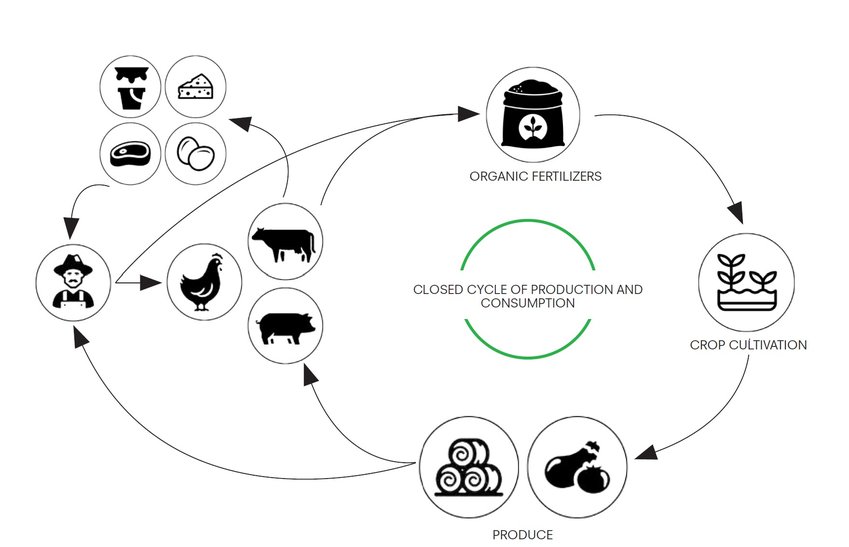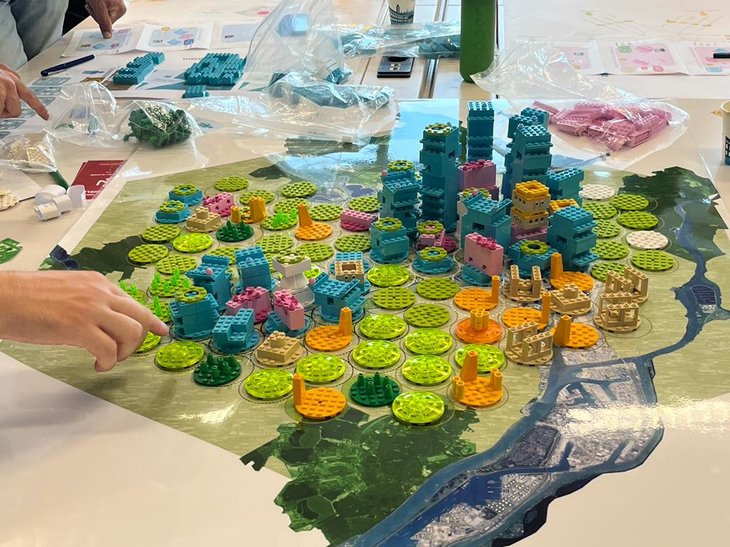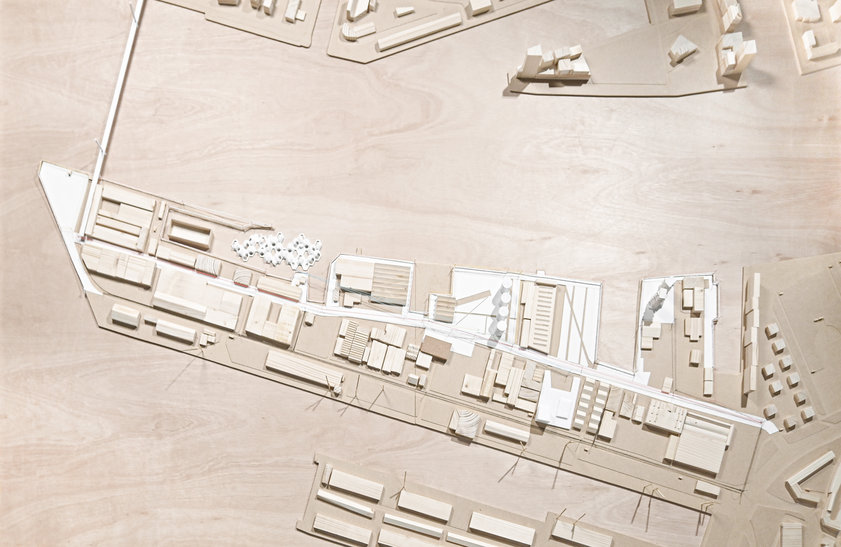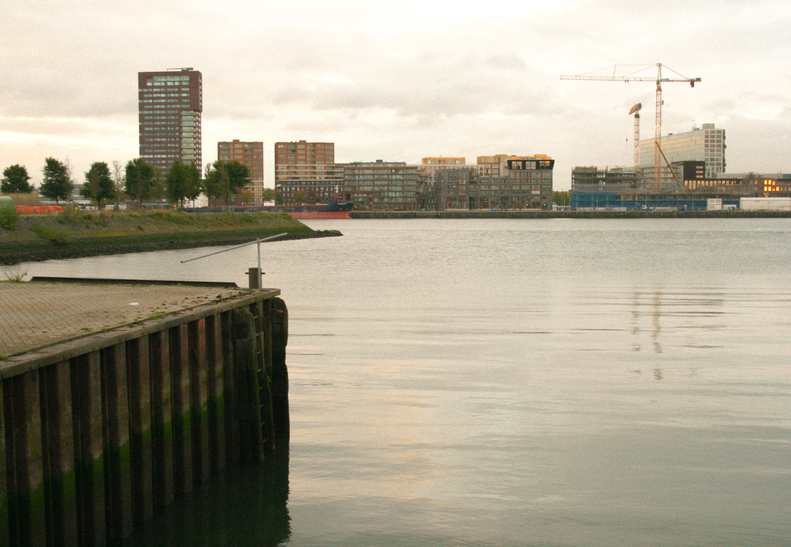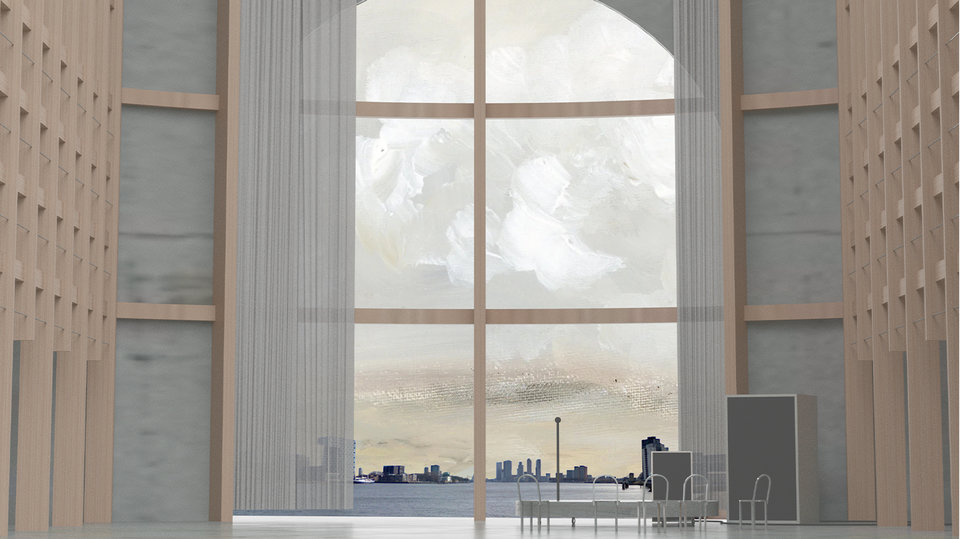Dutch Change
Territory of Food
Food systems are critical to the Dutch landscape, which, historically,
has been intensively shaped by agricultural practice: from the polder
land and irrigation network to the farmland with endless greenhouses.
Such traces are not surprising, given more than 60% of the surface area
is used for food production in the Netherlands. These conditions pastpresent
have made the Netherlands the second-largest food exporter in
the world and the leading country in agricultural innovation.
Despite all the achievements, the Netherlands continues to face
challenges, with the global population forecasted to exceed 10 billion
by 2050, increasing demand for food and nutrition under the pressure of
finite resources. While simultaneously, answers to the affordable housing
shortage have led to new proposals that involve transforming farmland
into new housing areas. These different human demands scramble the
limited space. Therefore, making questions of long-term food security
and adaptability central to the discussion of this studio. Is there a
way we can feed our city safely and sustainably? Can architectural
innovations support the food system with healthier alternatives?
Meanwhile, can we find a new balance between humans and nature in
the new urban agricultural buildings?
Attempts at answering these questions have resulted in three collective
urban proposals in Waalhaven, an industrial neighbourhood in
Rotterdam: Waalharvest, Northseed and Waalhub. The collective visions
and architectural projects, combined, intervene at different intersections
of the food cycle, from rethinking existing production and consumption
cycles to questioning the programmatic scope of structures involved in
feeding our cities.

